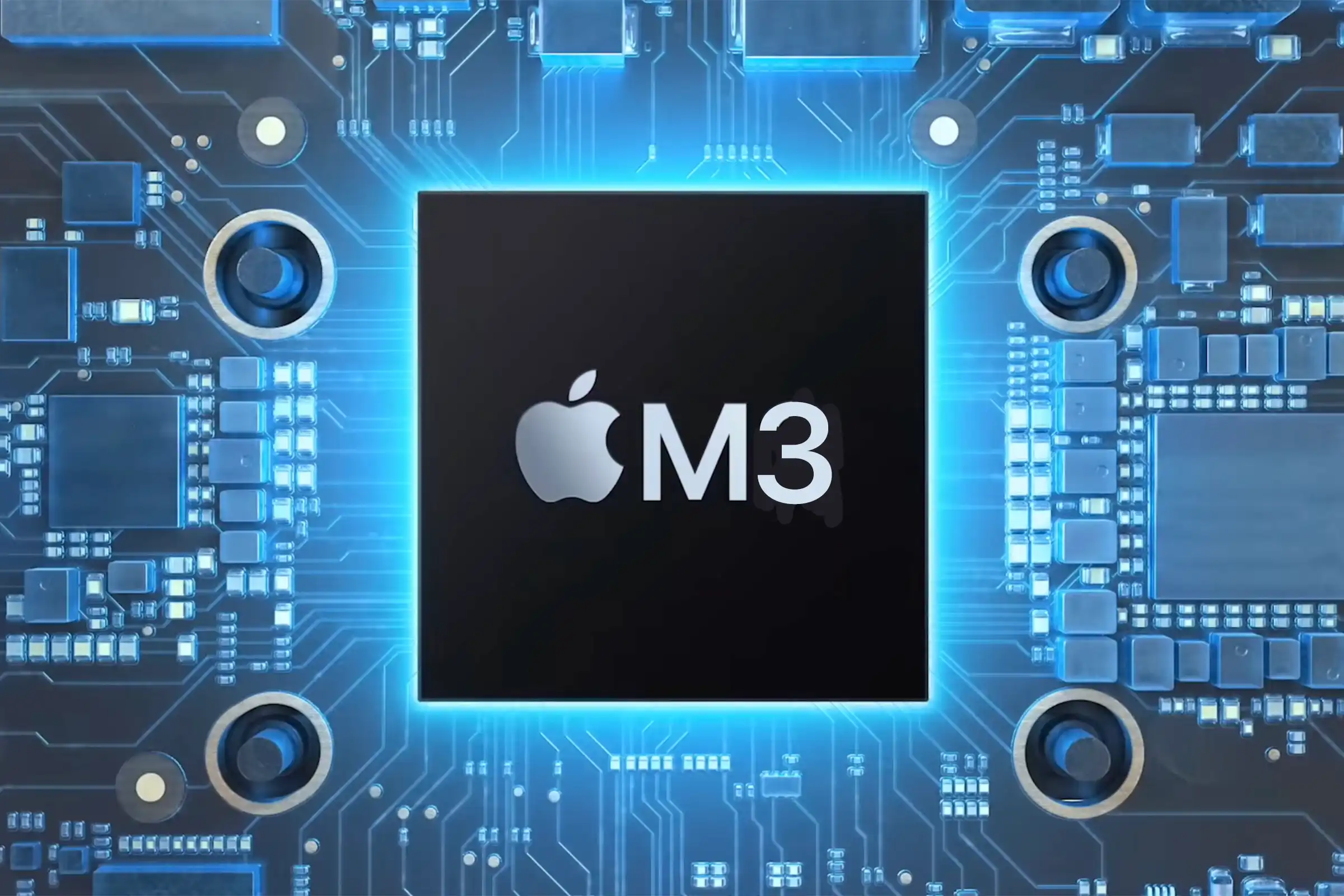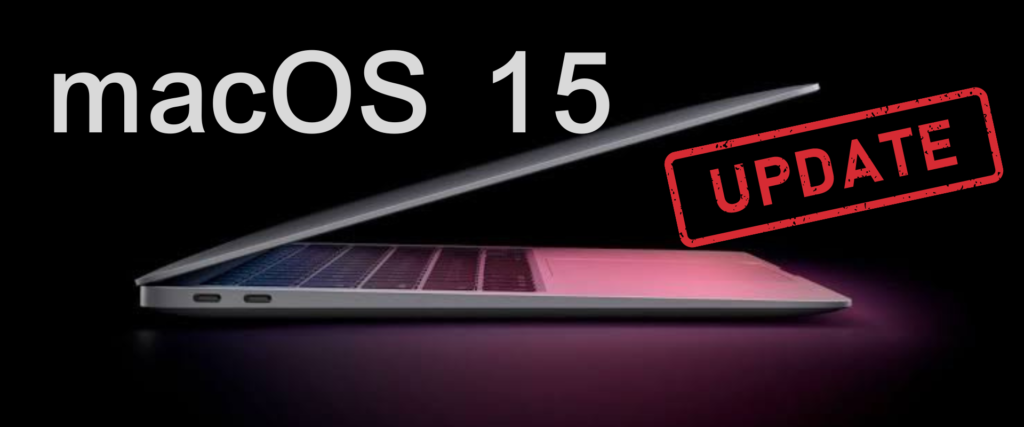As autumn shadows start to grow longer, the tech world is abuzz with the news of Apple’s imminent hardware refresh. Leading the charge is the revelation about the new M3 Max chip for Apple’s high-end 16-inch MacBook Pro. Featuring an astounding 16 CPU cores, 40 GPU cores, and up to 48GB of memory, this chip promises to redefine performance benchmarks.
Diving Deeper into Apple’s Fall Release Roster
Every fall, Apple enthusiasts and tech geeks alike eagerly anticipate the announcements emerging from Cupertino. This year, the spotlight seems to be on the M3 refresh cycle, with the launch of new MacBooks (Pro and Air), Mac Mini, and iMac desktops over the forthcoming year. Renowned Bloomberg journalist, Mark Gurman, suggests that the upgraded 14- and 16-inch MacBook Pro models are on track for a 2024 release.
Apple’s M3 vs. the Existing M2 Pro and M2 Max
The M2 Pro and M2 Max set impressive benchmarks, but with the unveiling of the M3 specs, it’s clear that Apple is pushing boundaries. The test logs from third-party app developers indicate a bifurcation in the CPU cores. The M3 is reported to sport 12 high-performance cores – that’s four more than the current M2 Max. The efficiency cores remain at four, mirroring the M2 Max. This suggests that Apple aims to supercharge tasks like video editing without compromising on the renowned battery life of its devices.
Integration of the A17 Processor in iPhone 15 Pro
Simultaneously, Apple is slated to introduce the new A17 processor in its top-tier iPhone 15 Pro models. What’s noteworthy is the shared architecture between the A17 and the M3 chips. Both are constructed using a cutting-edge 3nm process, placing Apple at a vantage point that might prove challenging for competitors to emulate in the near future.
Why the 3nm Process Makes the Difference
The 3nm process is not just a buzzword. It denotes a leap in miniaturization and performance. By shrinking the transistor size, Apple can pack in more power while maintaining energy efficiency. In real-world terms, this means applications run smoother, multitasking is more fluid, and battery longevity is enhanced.
Optimizing Performance for Demanding Tasks
While many users might never tap into the full potential of the M3 Max chip, professionals in the fields of video editing, 3D modeling, and high-end computational tasks will benefit immensely. Imagine rendering complex scenes in a fraction of the time or running deep learning models without the need for external GPUs. The M3 is poised to make this a reality.
Looking Ahead: Apple’s Vision for the Future
Apple’s relentless pursuit of excellence has always been its hallmark. With the impending introduction of devices powered by the M3 Max chip and the A17 processor, Apple seems poised to further cement its dominance in the premium tech segment. These innovations underscore Apple’s commitment to delivering unmatched performance while pushing the envelope in design and user experience.
In a rapidly evolving tech landscape, where the race for supremacy is relentless, Apple’s latest offerings stand as a testament to its vision, innovation, and the desire to craft experiences that resonate with users across the spectrum.












0 Comments